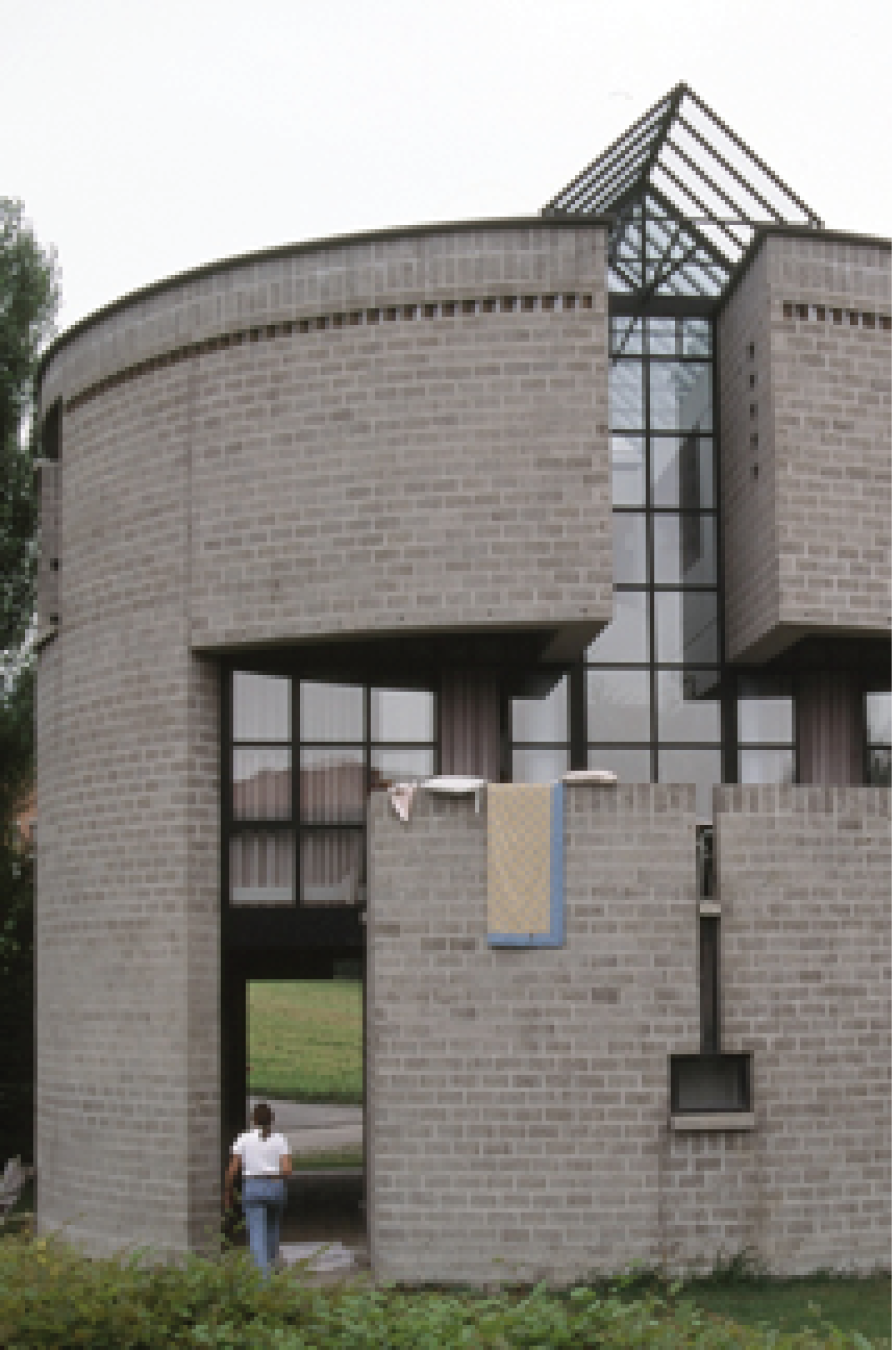
In the 1980s as a young adult I became fascinated with the work of architect Mario Botta and was determined to document his concrete block homes that dot southern Switzerland like little jewels. I was impressed with how he transformed a common, utilitarian concrete brick, imbuing it with dignity and variation.
I was determined to document these buildings beyond the limited information I could find in established publications. Collecting these images became very important to me — a borderline obsession that would be difficult to imagine or justify today considering the information available on the internet.
I was nearing the end of my tour and had one remaining house to document. The Villa Rotonda, completed in 1982, was a pure cylinder with symmetrical voids, capped by a prism shaped skylight that flooded the four story structure with natural light. The spaces generated by these simple, seemingly effortless moves created an elegant intersect of practical need and an inspiring three-dimensional composition.
Traveling to the house posed a significant challenge for a financially constrained student. It required a train to bus to taxi ordeal that would test anyone’s resolve.
When I finally arrived on site I circled the structure with my camera looking for the ideal vantage point. My heart sunk when I got into the perfect position and discovered the balcony was being used as a makeshift clothesline. I got very upset and left dejected and frustrated by the whole experience.
It took me years to recover from the sting of this self-inflicted trauma that was undoubtedly exacerbated by my formal training. This photograph and the memories that accompany them continue to demand my attention and necessitate periodic reflection. Does the act of possessing a work always diminish its beauty? Why are so many beautiful things represented to us without people? How can the things we make become more beautiful after ownership is transferred? Every year this photograph becomes increasingly meaningful to me
